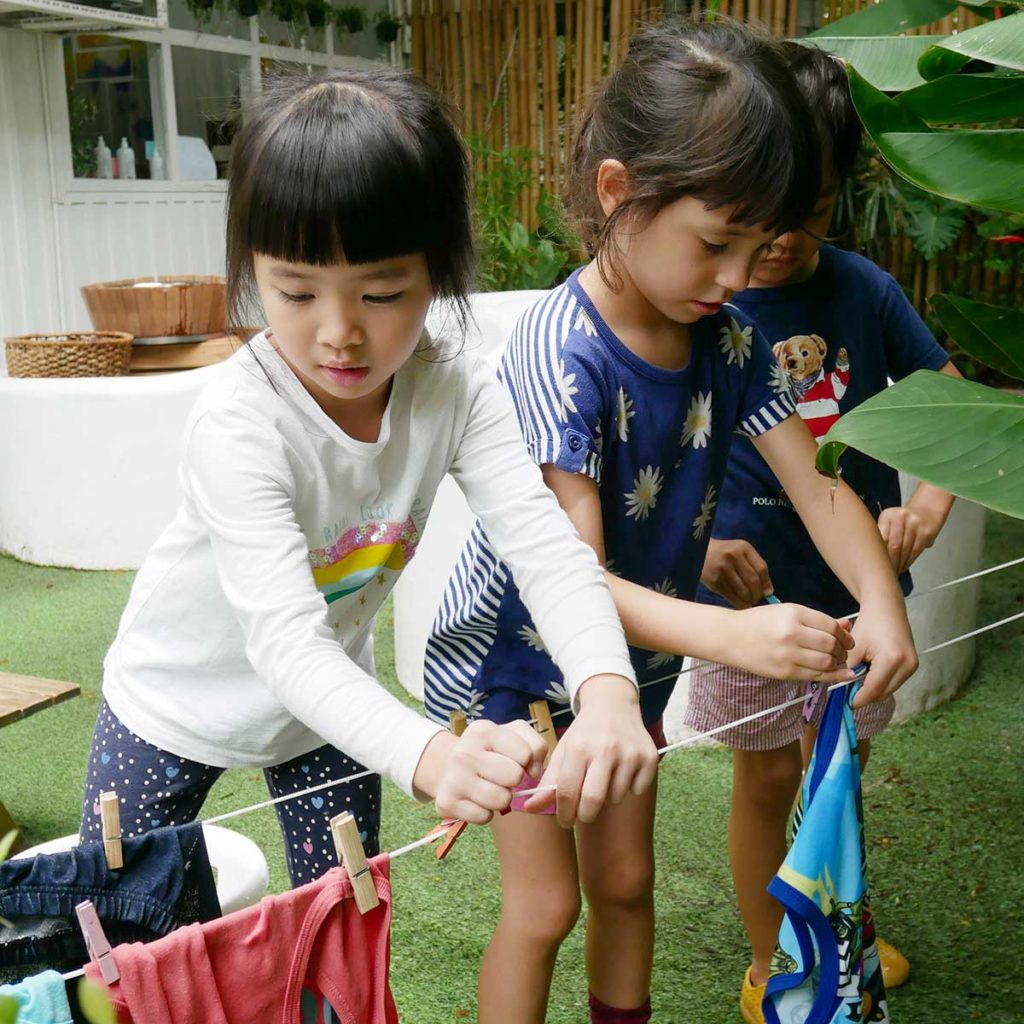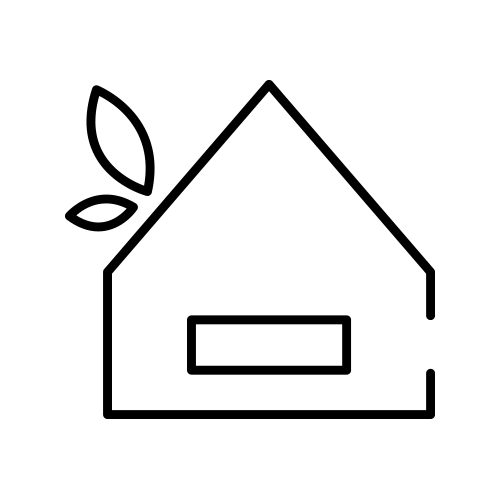Did you know that children learn best through play?

Children have preferences for different types of play. Some children will want to be creative during playtime whilst others may prefer to dress up and role-play with friends. An effective early years environment should always have resources in place for the children both inside and outside of the classroom and for all types of play.
At the British Early Years Centre we began researching the combining of various academic teachings through different forms of play, giving an equal weighting to each of the main groups; fine-motor, gross-motor, sensory, creative, small world and construction.
Our phonics curriculum has always incorporated these different play areas into the main group teaching however we decided to be a little more prescriptive with the structure by which our weekly lessons were planned. It was still very important that our teachers had the freedom to plan games that they knew would engage their children but we wanted a perfect balance of all the types of play throughout the week.
This immediately proved successful and so we started to move the entire academic curriculum in this direction. Today all of the core subjects of Phonics, Maths and Thai are taught through 5 or 6 different types of play. For example on Monday the children may be learning a new sound in phonics through playing a fine-motor activity. On Tuesday they might be using construction toys to learn or practise a sound. On Wednesday the teacher might have the children running around outside, again practising and rehearsing the letters and sounds that they have been learning.
Not only does this mean that all of the children are able to learn through playing in their preferred style but it also means that lessons are always different and exciting. As a result of this new approach at BEYC we have experienced a massive increase in academic and social achievement throughout the entire school.
